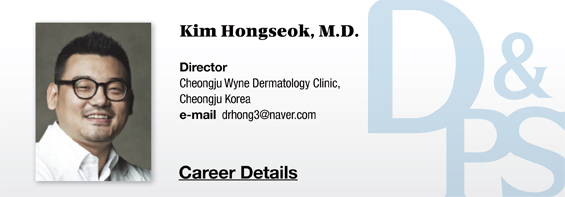
Aloe vera
Aloe vera contains antioxidants. According to historical records, Cleopatra used aloe vera on her skin and its effects of sun protection was recognized as early as in Ancient Egypt. Animal studies examining the aloe’s anti-inflammatory effects and acid parameters in UVB induced sunburn skin found that applying aloe and sulfadiazine on sunburn lesions in animals reduced pain, inflammation (edema or exudate) and oxidative stress.
Aloe vera and vitamin E promote wound healing and cell regeneration. Polymeric film containing vitamin E and aloe vera is used to treat burn wounds. Its thin and soft texture is appropriate for applying over the wound. When applied as a film, vitamin E was found to reach deep layers of the stratum corneum. Adhesive films containing vitamin E and aloe vera provides an innovative treatment in burn caree. Various cosmetic products contain aloe vera. The gel obtained from cutting open an aloe leaf can be applied to the skin and hair.
[Advertisement] FCR® (Fractional Prickle CoralCalcium Regentron) – Manufacturer: (www.illglobal.com)]
Amino acid: Histidine
Histidine has UV protective actions. Melanin and histidine are major skin components that absorb UV rays. Histidine protects the skin and promotes tissue regeneration. It is rich in meat, poultry, fish, dairy products, wheat, rice, and rye.
Amino acid : L-ergothioneine
L-ergothioneine is found in areas of our body particularly susceptible to oxidative stress and inflammatory response such as red blood cells, bone marrow, liver, kidney, semen, crystal lens, and cornea. L-ergothioneine is cell membrane-impermeative and is intracellularly transferred through OCTN1 protein. L-ergothioneine is a cation chelator that reacts to metal and inhibits release of oxygen free radicals. It also modulates gene expressions and has antioxidative and cell protective actions. L-ergothioneine plays an important role in the antioxidative protection mechanism of the skin and absorbs UV rays. It inhibits oxygen free radicals after UV exposure, restores damaged DNA in UV exposed cells and prevents lipid peroxidation more effectively than CoQ. These actions help prevent oxidative damage and restores damaged DNA after UV exposure. Moreover, it reduces apoptosis and increases cell survival by lowering oxidative damage of cell components. It is also reported to reduce cellular signals that trigger inflammatory response after UV irradiation by inhibiting TNF-α and MMP-1. Mushrooms contain 40 times more L-ergothioneine than other foods. L-ergothioneine is also rich in black beans, red beans, red meat, liver, kidney and grains.
Anthocyanins
Anthocyanin has UV protective actions and is found in various foods. anthocyanin extracts from purple sweet potatoes absorb 46% of UV rays. It is more absorbent of UVB than UVA. Anthocyanin is rich in red and blue fruits and vegetables including red grapes, blueberries, eggplants, plums, rasberries, and red cabbage as well as chocolate, tea and coffee. Anthocyanins is a water-soluble pigment existing in plants and is a very potent antioxidant. It reduces UVB induced oxygen free radicals, inhibits caspase-3 pathway and reduces apoptosis.
Astaxanthin
Intracellular active nitrogen, oxygen and apoptosis play key roles in the UV-induced inflammatory response of the skin. Astaxanthin is xanthophyll carotenoid with antioxidative action that is 500 times more powerful than vitamin E and 10 times more powerful than vitamin A. It reduces UV induced inflammatory response by inhibiting apoptosis of keratinocytes.
Astaxanthin reduces UV induced MMP-1 and Skin Fibroblast Elastase (SFE) in human dermis. It inhibits responses triggered by oxygen free radicals and IL-6 to prevent sagging, wrinkles and UVA induced photo-aging.
-To be continued-




















